Little Prince Citrus Orchard (어린왕자감귤밭)
11.8Km 0 2024-02-20
45-1 Chusa-ro 36beon-gil, Daejeong-eup, Seogwipo-si, Jeju-do
Little Prince Citrus Orchard is a café located in an 8,000 square meter palm grove, enriched with Jeju scoria. The café's citrus orchard is home to 11 species of animals, allowing visitors to feed them with any drink order. In winter, the citrus harvest season, they also offer a citrus picking activity. Their signature offerings include the fresh green tangerine smoothie and hallabong smoothie.
Sanbangsan Canola Field (산방산유채꽃밭)
11.9Km 0 2024-03-07
San18 Sagye-ri, Andeok-myeon, Seogwipo-si, Jeju-do
The Sanbangsan Canola Field is located next to the public parking lot in front of Sanbangsan Land, making it very easy to find. The vast fields create a beautiful landscape of yellow blossoms before the backdrop of Sanbangsan Mountain. The flowers are usually at peak bloom in March. In addition to Sanbangsan Mountain, other nearby attractions include Yongmeorihaean Coast, and Sagyehaean Coast.
Jeoji Oreum (Dakmol Oreum, Sae Oreum) (저지오름(닥몰오름,새오름))
12.0Km 45977 2020-02-26
Jungsanganseo-ro, Jeju-si, Jeju-do
Jeoji Oreum is situated in Jeoji-ri, Hangyeong-myeon in Jeju-si. This parasitic cone rises 239 meters above sea level, is 100 meters high, and has a crater with a circumference of 800 meters and 62 meters deep. The crater is round and in the shape of a funnel.
It is said that Jeoji Oreum is as old as Jeoji Village. It is also called Dakmoru or Sae Oreum. Nearby, there are Gamaechang Oreum and Heoritdang, showing
just how long the history of Jeoji Village is. In the past, people harvested wild weeds from Jeoji Oreum to cover their thatched-roof houses. Over time, trees were planted and today, Jeoji Oreum is covered with a dense forest. The area has been designated a "Forest of Life" since June 2005.
Namgyeongmirak (남경미락)
12.0Km 55 2021-03-24
190-3, Sagyenam-ro, Seogwipo-si, Jeju-do
+82-64-794-0055
This is a restaurant where you can eat fresh Jeju Jayeonsan hoe (sliced raw wild fish). This restaurant's signature menu is raw sliced sawedged perch. This Seafood restaurant is located in Seogwipo-si, Jeju-do.
Sagyehaebyeon Beach (사계해변)
12.2Km 0 2024-02-22
2147-35 Sagye-ri, Andeok-myeon, Seogwipo-si, Jeju-do
Sagyehaebyeon Beach is located at the foot of Sanbangsan Mountain. Created by wind, waves, and the geological features of the sedimentary layers in Hwasun-ri, the large and small marine potholes look like craters on the moon. Due to the geographical characteristics, the scenery is more beautiful if seen at low tide.
Jinmi Myeongga (진미명가)
12.3Km 21944 2024-02-20
167 Sagyenam-ro, Andeok-myeon, Seogwipo-si, Jeju-do
Jinmi Myeongga, under the ownership of Chef Kang Chang-gun, a saw-edged perch maestro, offers an extensive menu of over 30 dishes derived from a single saw-edged perch. Established in 1983, it has become a favored dining spot for Korean presidents and global leaders. Guests ordering Jeju's natural saw-edged perch are treated to hoe (raw fish), ppyeo jiriguk (bone fish soup), and an assortment of side dishes, where the hoe is noted for its chewiness and the fish soup for its rich flavor. It's advisable to make a reservation before visiting.
Sogilbyeolha (소길별하)
12.4Km 0 2024-07-17
34-37 Sogillam-gil, Aewol-eup, Jeju-si, Jeju-do
The previous bed & breakfast operated by Lee Hyori has been recreated into Sogilbyeolha, a shop selling local brands of Jeju. The various rooms and select items used in "Hyori's Bed & Breakfast" are now showrooms for the brands sold here. The shop is operated with limited admission, with reservations required to get in.
Daejeonghyanggyo Confucian School (대정향교)
12.4Km 17305 2019-12-26
165-17, Hyanggyo-ro, Andeok-myeon, Seogwipo-si, Jeju-do
+82-64-742-8866
Daejeonghyanggyo was a Confucian school during Joseon Dynasty. Although the exact date of construction is uncertain, it is estimated that the building was built around the same time as Daejeonghyeon in 1416.
The school was originally located inside Bukseong but it was once moved outside of Dongmun and then again to the site of Seoseong. It was finally moved to Dansan Oreum where it remains to this day. At present, Daejeonghyanggyo Confucian School consists of Daeseongjeon, Myeongryundang, Dongjae, Seojae Shinsammun, Daeseongmun, Dongmalmun and Dongjeongmun. Daeseongjeon was remodeled in 1669, 1688, and 1752. Myeongryundang was rebuilt in 1772. After several instances of remodeling and rebuilding, Daeseongjeon was remodeled again in 1993. The Confucian school was designated as the Jeju Tangible Cultural Asset No. 4 in August 1971.
Noeul Eondeok (몰질식육식당)
12.5Km 28 2021-03-24
598, Ieodo-ro, Seogwipo-si, Jeju-do
+82-64-739-1542
A restaurant frequently featured in Korean gourmet programs. This restaurant's signature menu is spicy seafood noodle soup with pork. This Korean dishes restaurant is located in Seogwipo-si, Jeju-do.
Jeju Island Special Tourist Zone (제주도 관광특구)
12.6Km 21458 2024-03-15
Jeju-do
+82-64-740-6000
Located to the southwest of the Korean Peninsula, the island of Jeju is Korea's largest tourist destination. The entire island has been designated as a special tourist zone, and it's easy to see why: there is hardly any spot on the island that is not photogenic. Unlike mainland Korea, which has a temperate climate, Jeju boasts a climate that is closer to subtropical. Hallasan Mountain, lying at the center of the island, is surrounded by 368 parasitic cones, known as "Oreum." Eleven beaches have been designated as tourist beaches, but including those that are not officially designated, the island features nearly thirty beaches in total. Famous beaches include Iho Tewoo Beach, Samyang Beach, Hyeopjae Beach, Geumneung Beach, and Gwakji Beach. Jeju's renowned Olle Trails, a system of hiking paths, span a total length of 425 kilometers and would take about fifteen days to complete in their entirety.
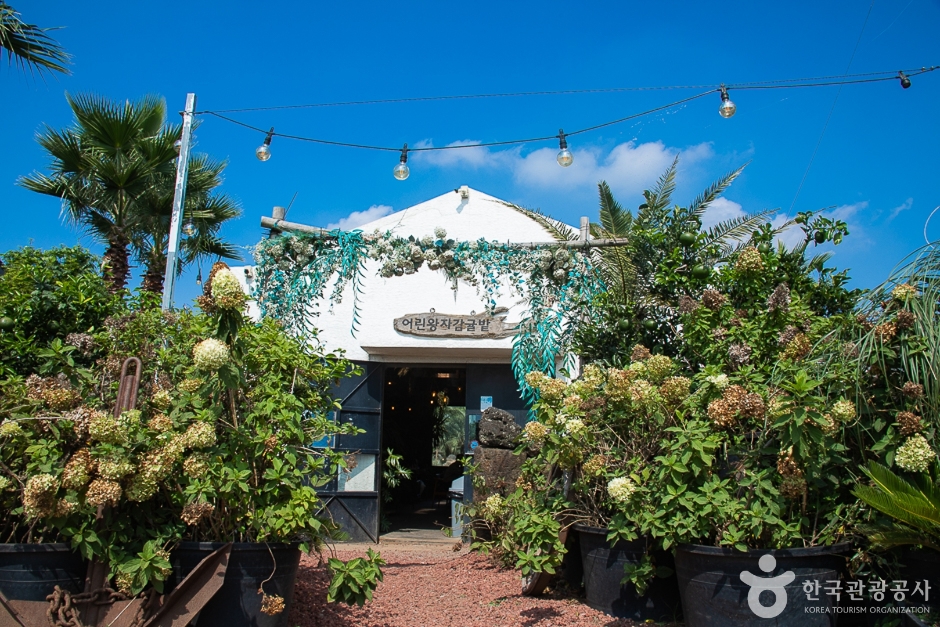
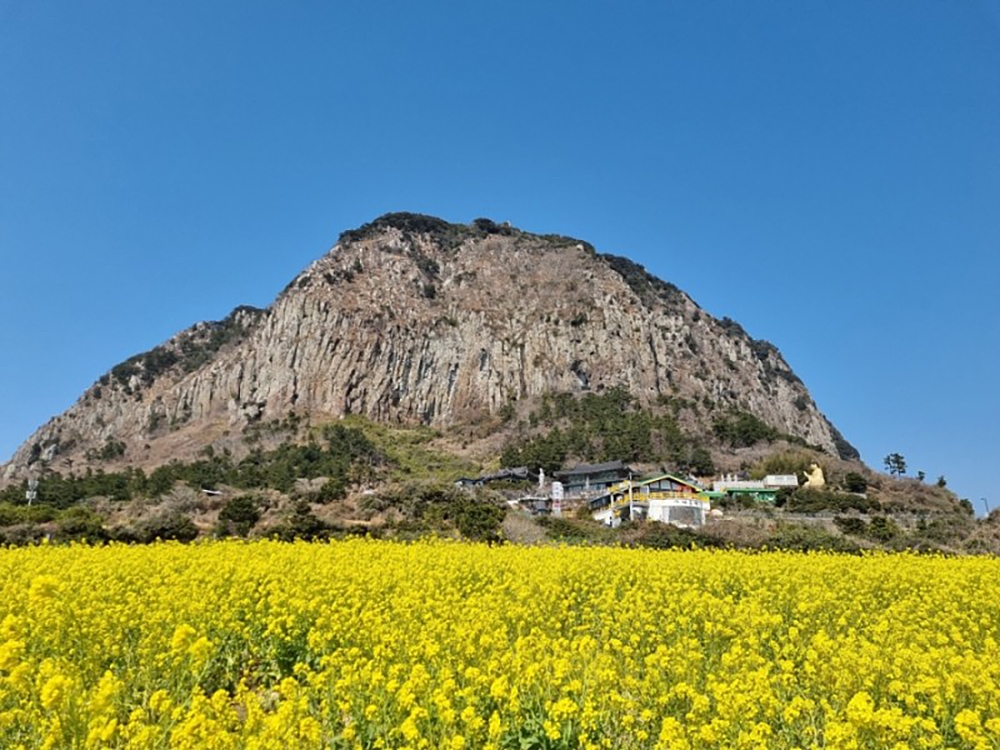
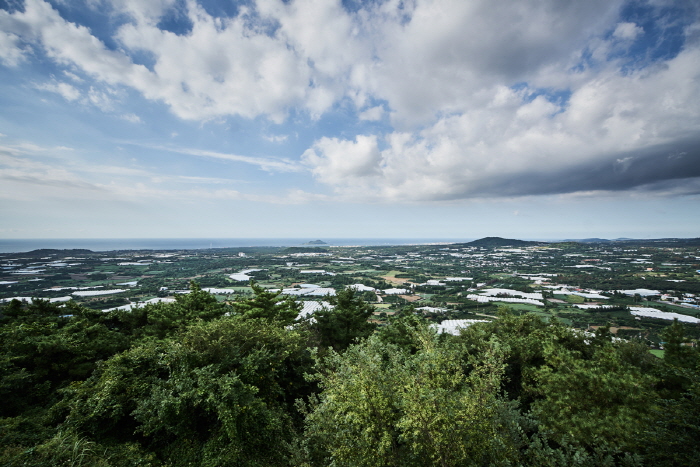
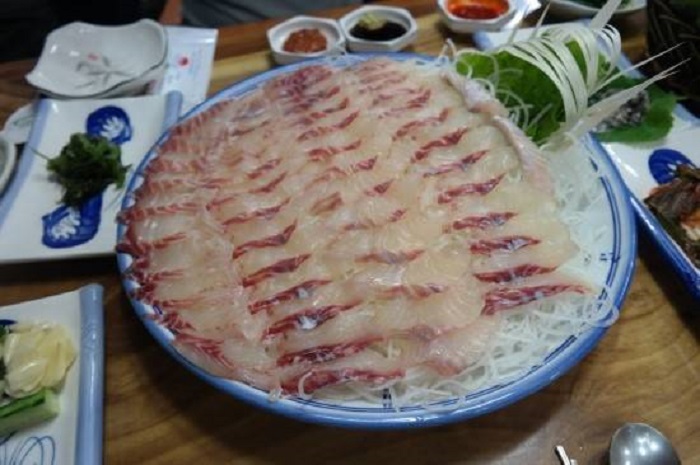
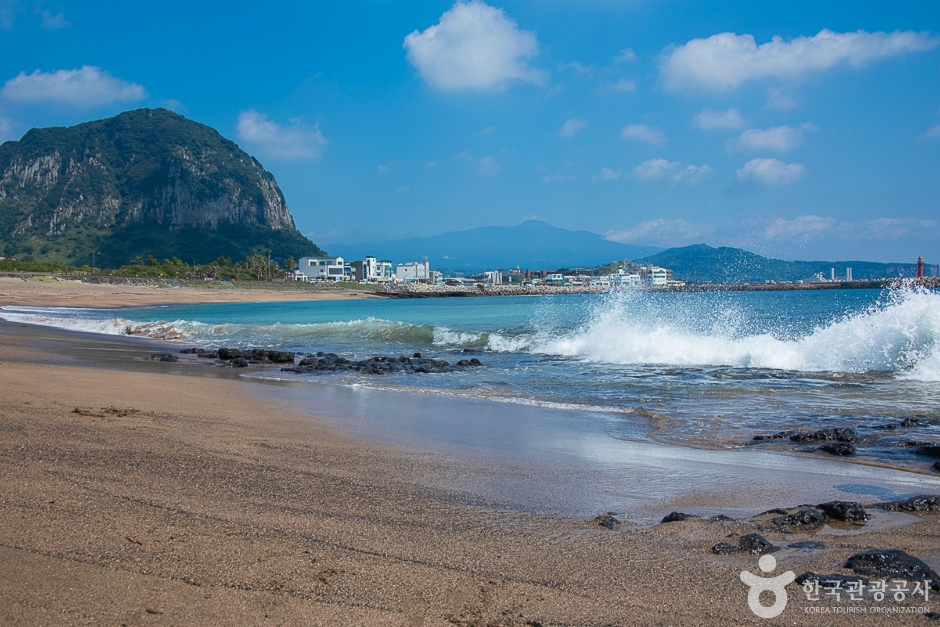
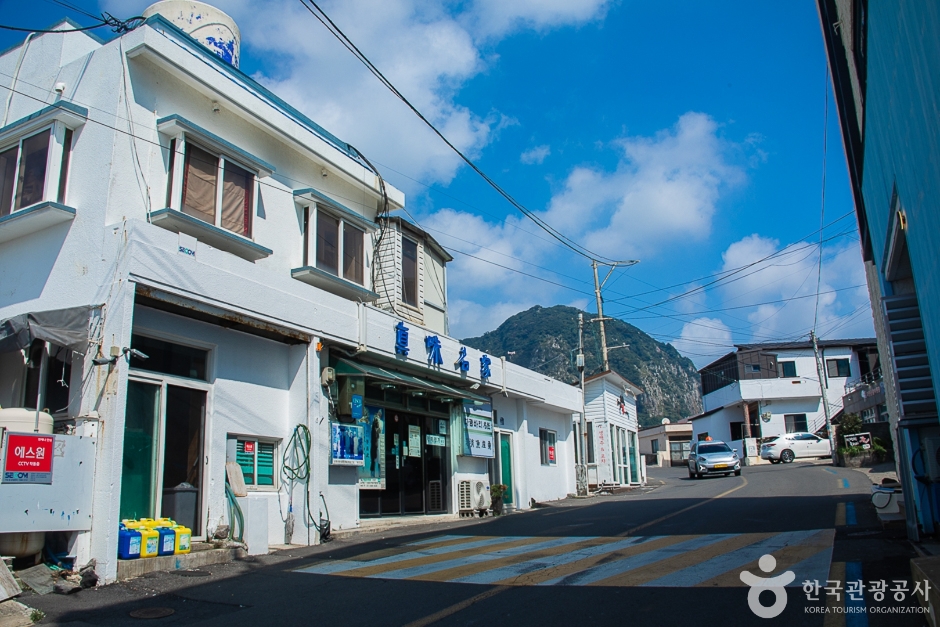
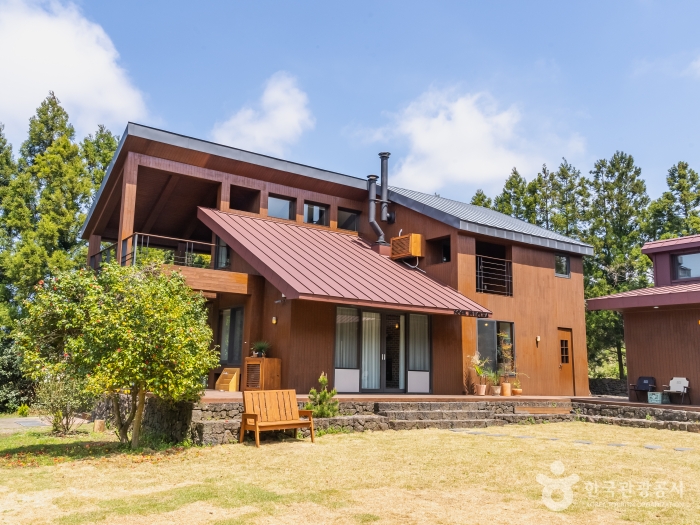
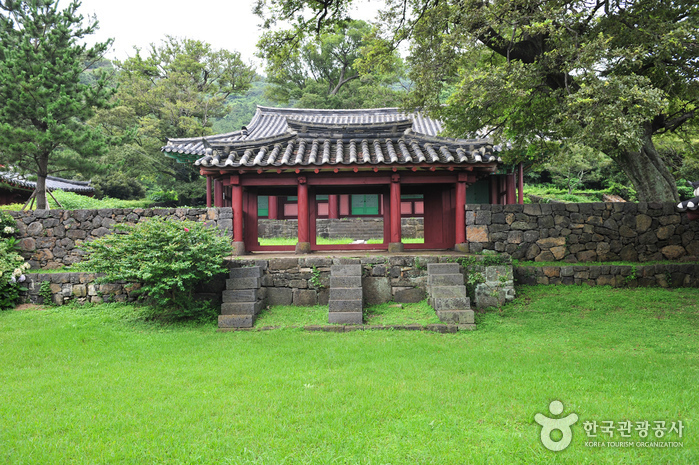
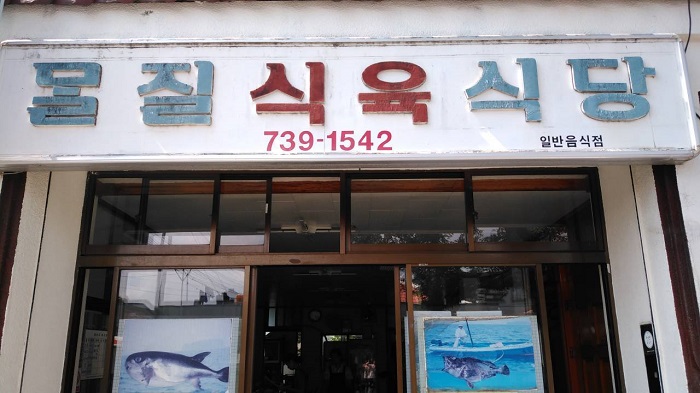

 English
English
 한국어
한국어 日本語
日本語 中文(简体)
中文(简体) Deutsch
Deutsch Français
Français Español
Español Русский
Русский